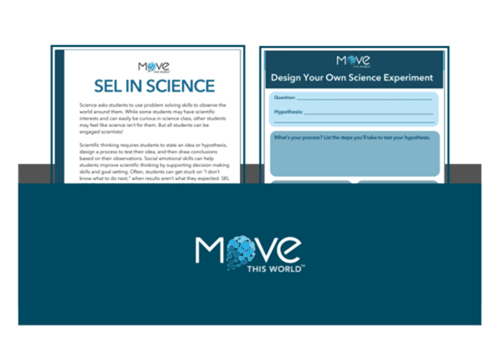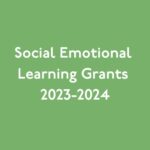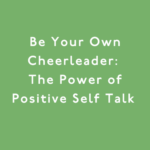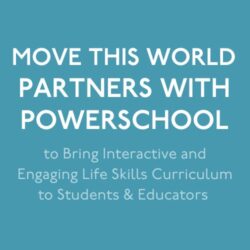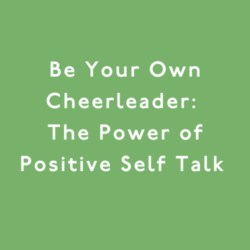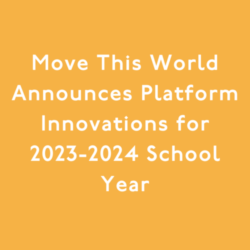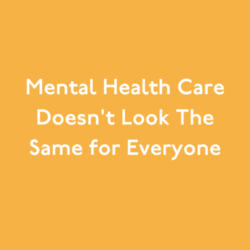Students need opportunities to authentically practice social emotional skills throughout the school day, and science is the perfect opportunity to explore skills curiosity, reasoning, collaboration, and more. As students learn how to think scientifically, emphasizing the social and emotional skills they are using can help students become more self-aware learners.
The scientific method itself requires authentic social and emotional skill development. From creating a hypothesis to making observations, working with others, drawing conclusions and reflecting on the process, integrating SEL in science education helps students leverage the skills that that can deepen critical thinking and which foster a growth mindset.
Ways to use social emotional learning in the science classroom
Science asks students to use problem solving skills to observe the world around them. While some students may have scientific interests and can easily be curious in science class, other students may feel like science isn’t for them. But all students can be engaged scientists!
Students benefit when SEL is integrated into science class. Simply infusing strategies that support students to ask for help can have a huge impact. One of the biggest benefits is improving peer collaboration. From conducting experiments together to comparing data sets or sharing observations, teachers are better able to bring their curriculum to life as student collaboration improves. SEL strategies that build relationships or emphasize communication skills like active listening and perspective taking can have a big impact on peer collaboration in science class.
Integrating SEL into science instruction is easier than you might think! By breaking down some of the often-considered “softer” skills that science education requires, it becomes clear where social and emotional learning and science intersect. Building teachers’ capacity for SEL can help teachers explicitly name and reinforce key skills throughout the year.
For example, students don’t just collaborate well because they are thoughtfully assigned to a partner for experiments in the science lab. Those partnerships can be built and strengthened while conducting science experiments together, helping students to authentically apply social and emotional skills.
SEL science activities
For young learners, science education heavily emphasizes observations of the world around us. Help students practice making observations by incorporating SEL strategies into class transitions. For example, ask young learners to look for items that are a particular color, like blue or yellow, as they transition from one space to the next or as they get settled in a new subject. This not only helps them practice making observations, but also provides a moment of mindfulness that calms and refocuses them.
As students learn more about the scientific method and conduct experiments independently, incorporate the social and emotional skills that they’ll need for each phase of the scientific process. This can be brainstormed together as a class, perhaps building a list of skills for each phase throughout the year so students can reflect on and see their progress. Or, teachers can be explicit with students about the skills that will help them be successful during each phase of the scientific method.
It’s helpful for students to understand the expectations and have a reference as they work independently. Teachers can then incorporate short exercises throughout the day that strengthen these skills. For example, if students are struggling to listen to one another or be patient with each other as experiments go awry, a simple game of Zip Zap Zop can be a fun way to practice paying attention to others, focusing, and celebrating our mistakes as a group.
For older learners who are focused on more specialized areas of science, integrating SEL can be a way to help students think ahead to what kind of careers might be available to them through science. What are they passionate about? What kinds of problems do they want to solve in the world? Social emotional learning strategies that center around goal setting or exploring our own interests can greatly benefit older learners.
Here is a simple exercise to integrate SEL into science class that can be adapted for use by any grade level. It invites students to use their SEL skills to design their own science experiment! Find the English version here and the Spanish version here.
